The federal government is finally cleaning up the Gowanus Canal, and the Lightstone Group has just finished a 12-story rental building along the banks of the heavily contaminated waterway. Now the city has kicked off a long-awaited rezoning study for the industrial area around the canal, but officials offered few guarantees or timelines for the new zoning.
A few hundred residents came armed with questions to a public meeting at P.S. 32 on Hoyt Street Thursday night. Brooklyn City Planning Director Winston von Engel explained the city doesn’t “want to set a timeframe” for the rezoning, and that the new land use policy would be informed by community input and upcoming public meetings.
But many locals who attended last night had already sat through two years’ worth of meetings for Councilmember Brad Lander’s Bridging Gowanus process, which identified dozens of community goals for the neighborhood’s future. When they asked planners about potential displacement, development on NYCHA property, and public space along the Gowanus Canal, officials couldn’t offer concrete answers.
City Planning project manager Jonathan Keller explained that the city had started a rezoning study for Gowanus in 2007, but it was abandoned when the Environmental Protection Agency declared the canal a Superfund site. So the city will base its new zoning on the Bridging Gowanus framework, not the 2007 study.
“We’re not starting from where we left off in 2009 and 2010 [from the previous study],” said Keller. “A lot has changed in the neighborhood since then.”
In his presentation, Keller outlined the four goals from Bridging Gowanus: investing in infrastructure, encouraging mixed-use development, preserving and creating affordable housing, and preserving manufacturing.
He also spelled out the four main geographic areas in the study and the goals for each part. First there were the NYCHA developments. Wyckoff Gardens is part of the NextGen NYCHA program, which means a 50 percent affordable, 50 percent market-rate project will eventually rise on open space within the development. Then along the canal north of Third Street, there are “opportunities for a mix of uses including light industrial, arts, cultural, and residential when appropriate.”
In the Industrial Business Zone, between Third Street and the BQE, planners hope to preserve the manufacturing zoning and the jobs that come with it. Finally, DCP believes Fourth Avenues offers opportunities for affordable housing and pedestrian improvements.
David Briggs, an architect and director of the Gowanus by Design neighborhood advocacy group, wondered how the city would prevent commercial developers from putting up small stores with large parking lots, like Whole Foods, and discourage ground floor parking.
Council member Stephen Levin explained that the new kind of industrial zoning created for 25 Kent Avenue, a half-million-square-foot office building with light manufacturing space in Williamsburg, might address that problem in Gowanus. The 25 Kent zoning dramatically reduced parking requirements and allowed the developer to earn extra commercial square footage for including manufacturing space.
Dave Powell, a tenant organizer with the Fifth Avenue Committee, angrily noted, “We are still reeling from the 2003 rezoning of 4th Avenue. We’ve watched dozens of tenants displaced from their homes.” He asked, “Could DCP commit to a meeting and study about displacement? Would DCP consider an anti-harassment district [like Greenpoint, Williamsburg, and Clinton]?”
An HPD official responded that they’d get in touch with Powell, but the agency couldn’t promise that anti-harassment provisions or tenant protections would be written into the new zoning.
The next planning meeting in the Gowanus rezoning study will be held on December 8 and focus on resiliency.
Subscribe to the YIMBY newsletter for weekly uxpdates on New York’s top projects
Subscribe to YIMBY’s daily e-mail
Follow YIMBYgram for real-time photo updates
Like YIMBY on Facebook
Follow YIMBY’s Twitter for the latest in YIMBYnews

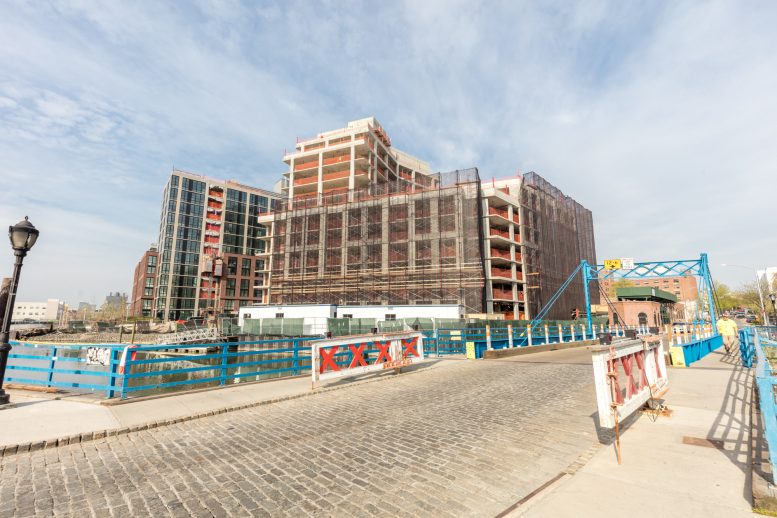
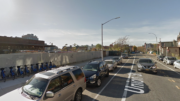
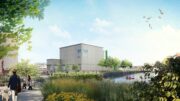
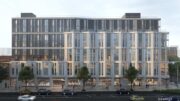
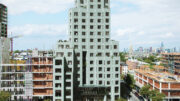
It’s normal for an argument with questions and answers, but 12-story rental building is stayed for new zoning.
‘NextGen NYCHA program, which means a 50 percent affordable, 50 percent market-rate project will eventually rise on open space within the development.’
Does the city really believe that market rate renters will want to live on the grounds of an NYCHA development? I doubt it.
We already have affordable housing in Gowanus – it ain’t broke, so don’t fix – NO Rezoning for Gowanus! Put 12 story buildings in deBlasio’s and Landers backyards!!!
NIMBY NIMBY NIMBY
Dont rezone.. big mistake.. consider the treasure you are giving up. Industrial land on the edge of a deep shipping harbor. One of the best in the world. A prime city,state and national resource. In my opinion it should be protected because high tech robotic assisted manufacturing and assembly is right around the corner. This makes it competitive with china. The city will be in prime position if this area is saved. The best use of this area in my opinion is commercial, office, high tech manufacturing, retail and entertainment. Residential should remain at its current level.
Learn from Downtown Brooklyn. The promise was that rezoning will bring more jobs and housing. Over 1 million sq feet of office space (jobs) where lost and the housing built is not at all affordable. The few affordable apartments are temporary. After the first renter leaves or is forced to leave the apartments become market rate.(Was told this at a citypoint seminar).
I cant believe they built that hosing complex right next to the Canal and the BQE on the other side. Does this place come with a cancer treatment center as an amenity?